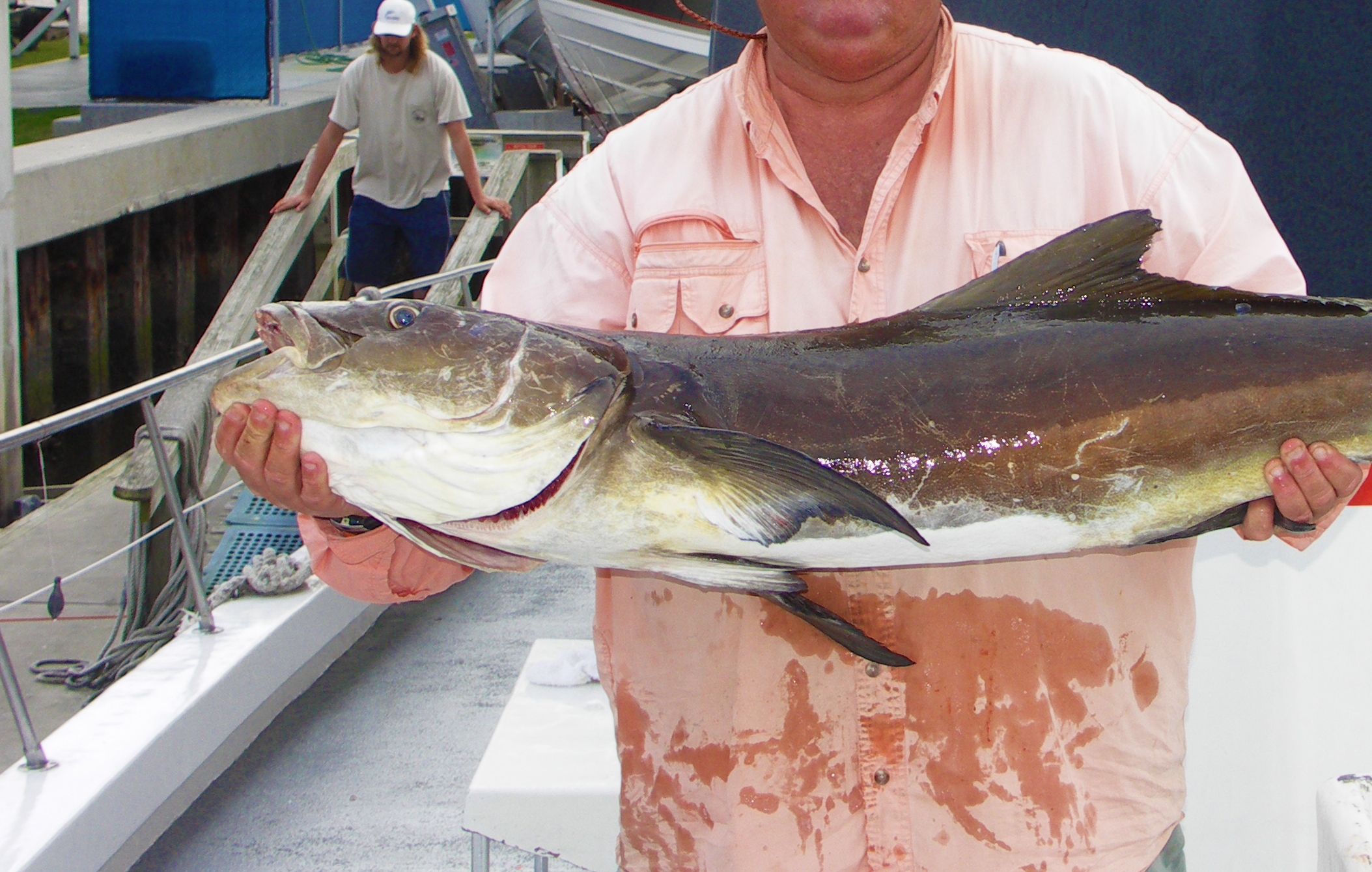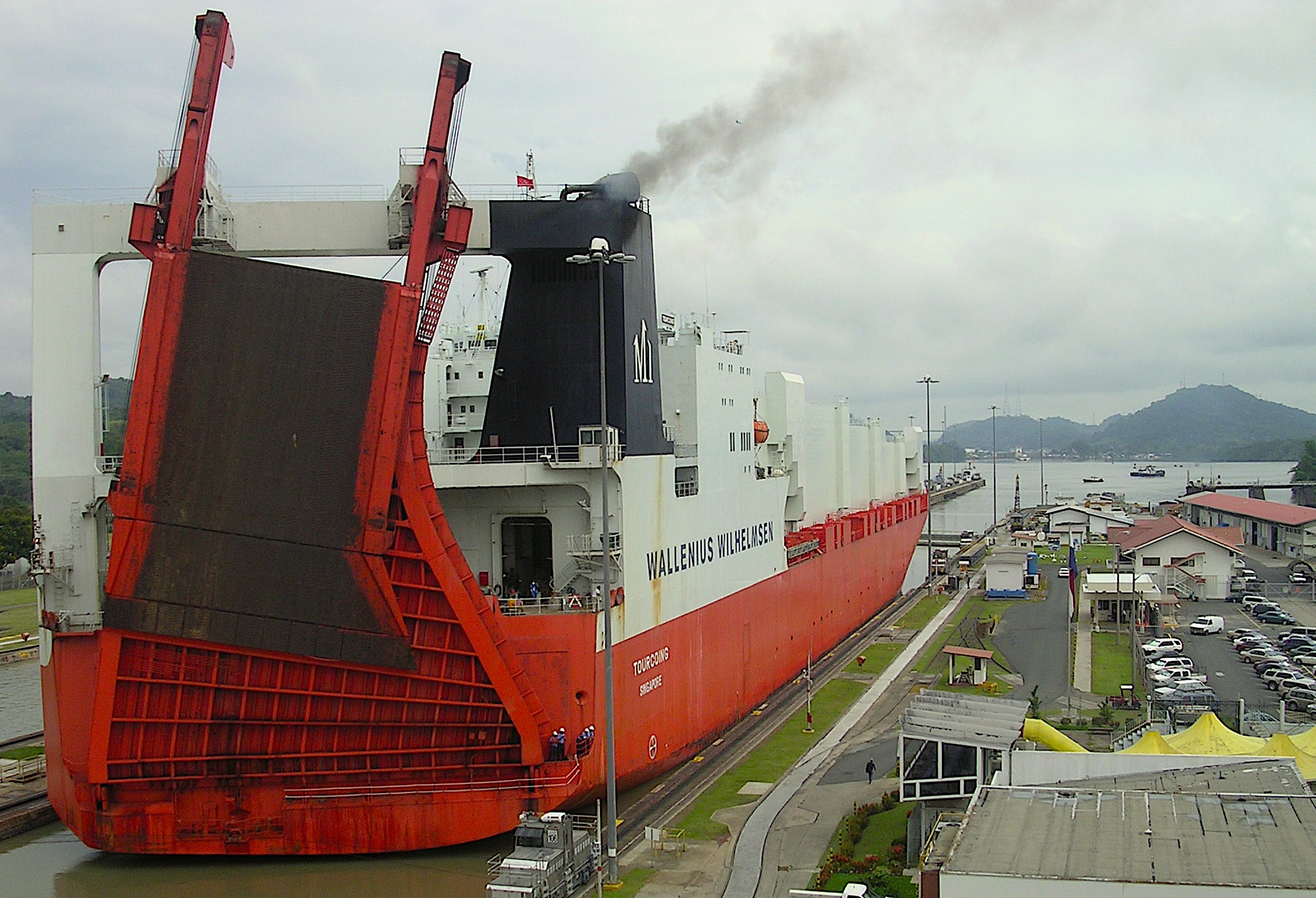Does Open-Ocean Fish Farming Adversely Affect the Environment?

A commercial cobia farm off Panama has minimal impact on the water.
Recently, I received an email advertisement from a local seafood retailer listing their seafood specials for the week. Included were the normal items for this time of year — blue crabs, gray trout, and black sea bass — but one item caught my attention: Caribbean-raised cobia (Rachycentron canadum).
I set out to find more information and ran across this research, which focuses on cobia aquaculture in Panama, possibly even using the same company that supplies my local retailer.
Research Need
The demand for seafood in the United States has long exceeded domestic supply — and aquacultured seafood products grown in other countries meets much of that demand. Recently, however, there has been a push for offshore aquaculture in the United States Exclusive Economic Zone, typically waters between 3 and 200 miles offshore. Offshore aquaculture would provide more seafood and reduce U. S. dependence on seafood imports.
But what would be the environmental impact of a fully-operational, commercial-scale aquaculture facility operating in the open-ocean? It’s hard to argue for or against such a concept when few operations exist and even fewer have been monitored for environmental impacts.
What did they study?
An open-ocean aquaculture facility has been raising cobia about 8 miles off the Atlantic coast of Panama since 2009. The company uses a series of large net-pens, each about 226,000 cubic feet, submerged and anchored 33 feet below the ocean’s surface. Researchers designed a study to collect water and sediment samples up and down current from the net-pens while documenting local conditions. Scientists conducted most of the data collection, and farm employees performed sampling, following an established protocol. Data was collected at various times between 2012 and 2018.
What did they find?
In general, the environmental impact of the offshore net-pens has been minimal over the period examined. That is, researchers found no major differences in the upstream and downstream samples of the water column tests for dissolved oxygen, chlorophyll-a, particulate organic carbon, particulate organic nitrogen, nitrate + nitrite, and total dissolved nitrogen concentrations.
They did find some increased concentrations of nutrients in sediments under and nearby the net-pens, which is consistent with other, similar studies.
What else did they find?
While no study is conclusive, these results suggest that similar, appropriately scaled and located open-ocean aquaculture operations can have limited environmental impact.
Anything else?
In this operation, cobia receive pelletized food at a rate of less than 3% of their biomass per day until harvested at 9 to 11 pounds.
During the last year of the study, the operation produced about 3 million pounds of cobia by using this open-ocean, net-pen system.
Reading
Welch, A.W., Knapp, A.N., El Tourky, S., Daughtery, Z., Hitchcock, G., Benetti, D. 2019. The nutrient footprint of a submerged-cage offshore aquaculture facility located in the tropical Caribbean. Journal of World Aquaculture Society. 2019;50:299–316. https://doi.org/10.1111/jwas.12593
NOAA Marine Fisheries Initiative (grant number NA12NMF4330087) and NOAA Sea Grant Aquaculture Research Program (project number NA10OAR4170079) supported this study.
Summary compiled by Scott Baker
Photo: angler-caught cobia, courtesy of “Pinkpignodoubt” (CC BY-SA 3.0)
The text from Hook, Line & Science is available to reprint and republish, but only in its entirety and with this attribution: Hook, Line & Science, courtesy of Scott Baker and Sara Mirabilio, North Carolina Sea Grant. HookLineScience.com
- Categories:



